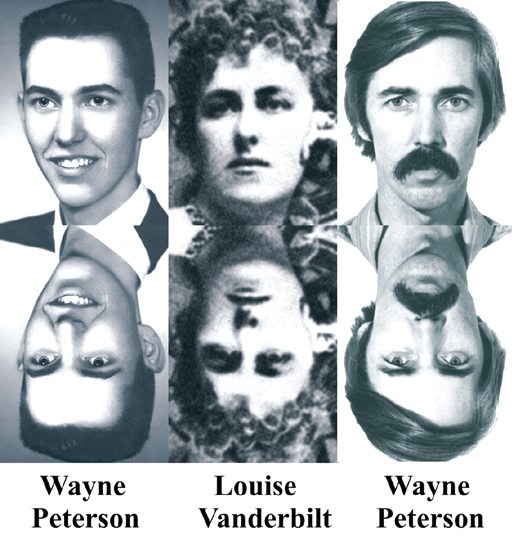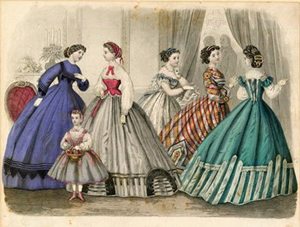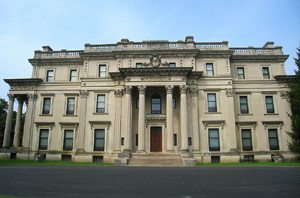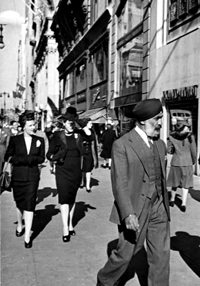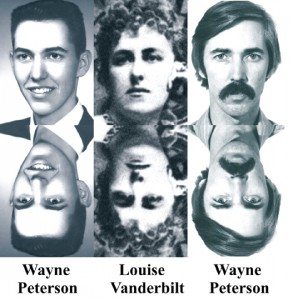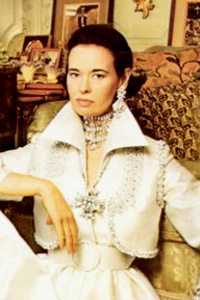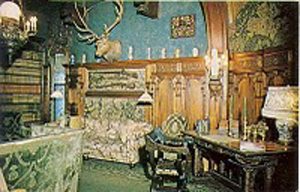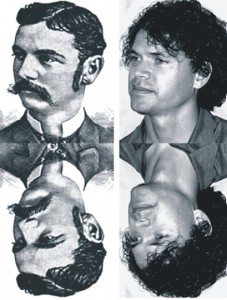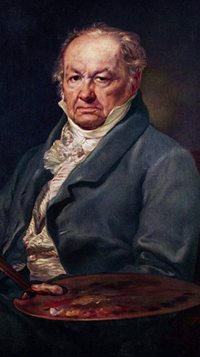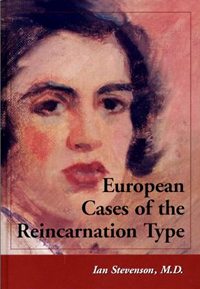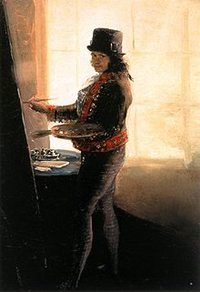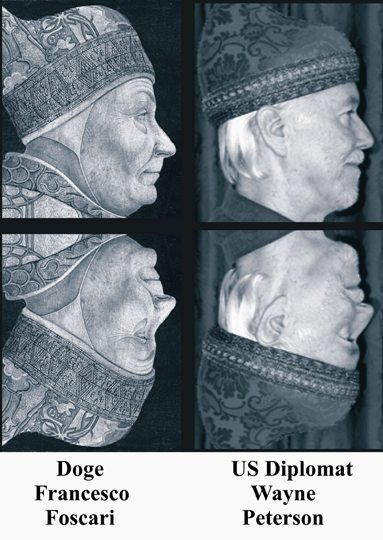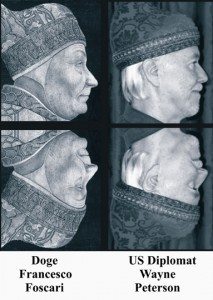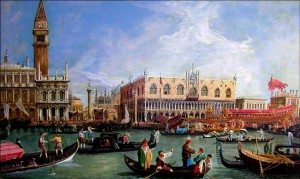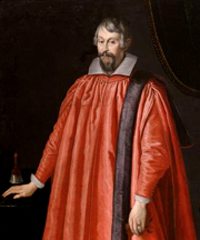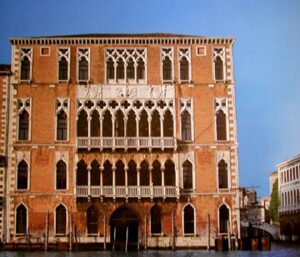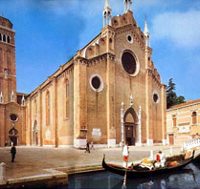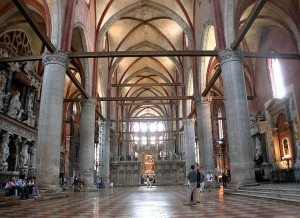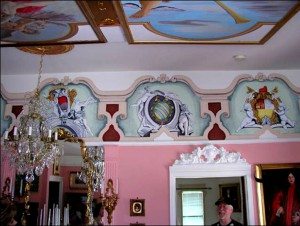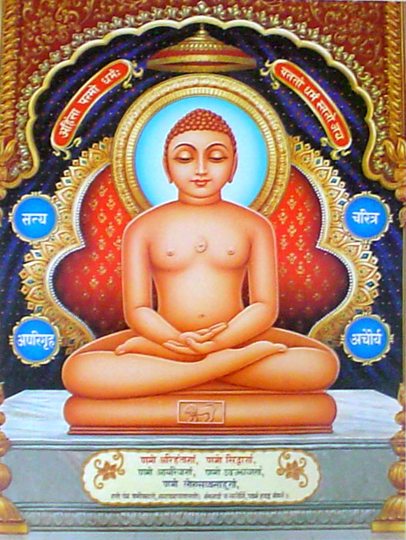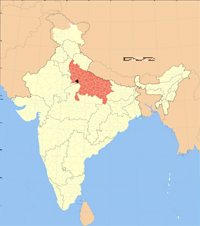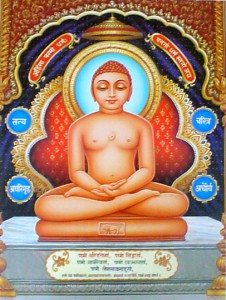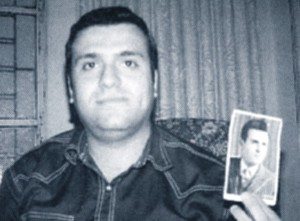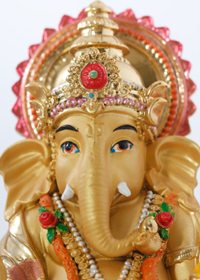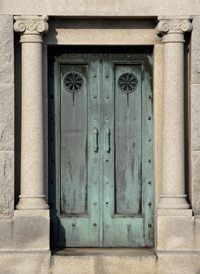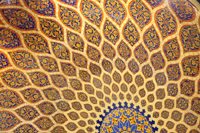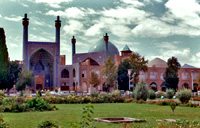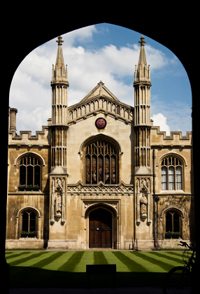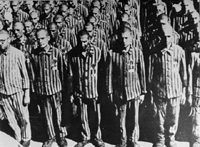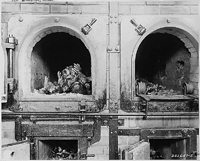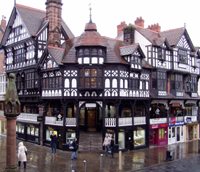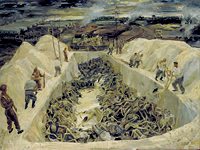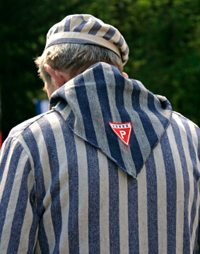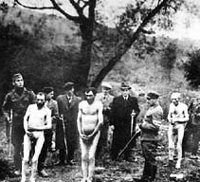 How Derived: Past Life Memories in Childhood
How Derived: Past Life Memories in Childhood
Researcher: Ian Stevenson, MD
From: Cases of the Reincarnation Type, Volume IV, Thailand and Burma, by Ian Stevenson, MD
Article by Walter Semkiw, MD
Nathul, Burma during the Japanese Occupation
The setting of this case is in the village of Nathul, in Burma. During World War II, the Japanese army occupied Nathul, starting in 1942.
As there was a railroad station nearby, Allied fighters and bombers regularly bombed the area and used machine guns to strafe the ground to kill any Japanese soldiers that were spotted. Attacks would often happen twice a day.
As the Allied planes ran sorties during the day, the Burmese villagers of Nathul would scatter into the countryside in the mornings. The villagers would then return to their homes in the cover of the night’s darkness. The Allied attacks continued through the spring of 1945. (1)
Daw Aye Tin and the Japanese Army Cook
U Aye Maung and his wife, Daw Aye Tin, were poor members of the community. U Aye Maung worked as a porter at the railway station. They had three daughters.
During the occupation, Daw became acquainted with a Japanese army cook, who was stocky or heavy set man. Due to the heat, this cook typically wore shorts without a shirt. Daw and the Japanese soldier had a common interest in cooking and they shared their respective knowledge regarding Burmese and Japanese cooking methods. After a period of time, Daw lost contact with this soldier. (2)
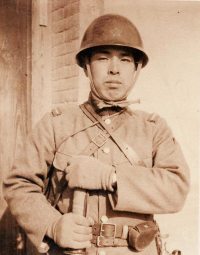 Reincarnation & Planning Lifetimes: Daw has an Announcing Dream involving the Japanese Soldier as a Spirit Being
Reincarnation & Planning Lifetimes: Daw has an Announcing Dream involving the Japanese Soldier as a Spirit Being
Time passed and Daw became pregnant with a fourth child. During this pregnancy, Daw had a recurrent dream in which “a stocky Japanese soldier wearing short pants and no shirt followed her and said he would come and stay with them” … She recognized him as the Japanese army cook. “In the dream Daw Aye Tin was afraid of the soldier and told him not to follow her. The same dream occurred three times at intervals of five to ten days.” (3)
Reincarnation Birthmark on Ma’s Groin and a Phobia of Aircraft
Daw gave birth to another daughter on December 26, 1953, who was given the name Ma Tin Aung Myo. It was noted that she had a birthmark, described as a dark patch the size of a thumb, on her groin. The birthmark appeared to itch, as Ma would scratch it. (4)
As a child, Ma demonstrated a severe phobia of aircraft flying overhead. When she was 4 years old, as she was walking with her father, a plane flew by and Ma began frightened and began to cry. Her father asked what was wrong, but Ma would only say, “I want to go home, I want to go home.” (5)
Thereafter, whenever a plane flew overhead Ma would cry. In response to her father’s inquiries regarding her fear, Ma explained that she was afraid the planes would shoot them.
Her father explained to Ma that in the past planes shot at people, but that this no longer occurred. Recall that the Japanese occupation of Burma, with the associated Allied aircraft machine gun strafing runs, ended in 1945. Ma was born in 1953 and as such, Ma had never witnessed planes shooting at people. Her father’s attempts to reassure her failed and Ma continued to have a severe phobia of planes for years. (6)
 A Child’s Past Life Memories: Ma says She misses Japan and her Family
A Child’s Past Life Memories: Ma says She misses Japan and her Family
In addition to having this phobia, Ma often appeared depressed and would sit by herself weeping. When she was asked what was wrong, Ma said, “I am pining for Japan.” (7)
She then began telling her family that she had memories of being a Japanese soldier stationed in Nathul, who was shot and killed by machine gun fire that came from an airplane.
Her memories gradually became more detailed. She said that she had been a male Japanese soldier who came from northern Japan, who was married and had 5 children. He was stationed in Nathul as a cook. (8)
Past Life Memory: Ma Remembers being Shot and Killed by an Airplane in a Past Lifetime
Ma remembered that she was near a pile of firewood and was about to start cooking a meal when the noise of an airplane approached. Ma recalled that the pile of firewood was next to an acacia tree, which stood about 75 meters from the house where Ma’s family lived.
She said that during this incident, the soldier, that she was, was wearing short pants and a big belt, but that he had taken off his shirt. Ma recalled that the pilot of the plane saw the Japanese cook and made a strafing run in an effort to kill him. The Japanese soldier ran around the pile of firewood trying to escape but a bullet struck him in the groin, which resulted in his death. (9)
Ma’s Reincarnation Birthmark is in the Location of the Japanese Soldier’s Bullet Wound
Recall that Ma was born with a birthmark in the area of her groin. Ian Stevenson has found that in many cases in which an individual died of a traumatic wound, such as a bullet or stab wound, a birthmark would be found in the same location in the individual’s next incarnation. In other words, a wound can become a birthmark. (10)
 The US War Plane that Killed Ma in a Past Lifetime was a P-38 Lightning
The US War Plane that Killed Ma in a Past Lifetime was a P-38 Lightning
Ma also recalled that the plane that killed her in the lifetime as the Japanese soldier had two tails. The plane Ma was referring had to be a Lockheed P-38 Lightning, which was an US-built fighter that was indeed used by the Allies in the Pacific Theater and in particular, in Burma.
Past Life Phobia of Aircraft
After sharing these memories, when an aircraft flew overhead that would frighten Ma and she was told by her relatives that her fear was unwarranted, Ma would angrily respond, “What do you know? I was shot and killed.”
In 1963, when Ma was 9 years old, a helicopter landed in a field in Nathul. Most villagers had never seen a helicopter and they gathered around to inspect this unusual machine. In contrast, Ma began crying and fled in fear to the family’s home. (11)
 Past Life Emotions: Ma wants to go Back to Japan
Past Life Emotions: Ma wants to go Back to Japan
Ma told her family that she wanted to go back to Japan, as she missed her children from her prior lifetime. She said that when she grew up, she would move to Japan. She wanted a big belt, like the Japanese soldier had, to protect her stomach from the cold. Her identification with Japan was very unusual, as the Burmese did not have any fondness for the Japanese, due to their occupation of Burma and the attendant cruelties that the Japanese inflicted on the Burmese. The family demonstrated their annoyance by calling Ma, “the Japanese guy.” (12)
A Possible Case of Xenoglossy
Her family also noticed that Ma would talk to herself and other children using words they didn’t understand. Though the language Ma was speaking was not identified, it is possible that Ma was speaking Japanese. (13) If so, this represents the ability to speak a language learned in a previous lifetime, a phenomenon known as: Xenoglossy
Reincarnation & Gender Change: Ma Dresses like a Man and is Repulsed by her Menstruation
Ma demonstrated definite masculine traits. She insisted on wearing boy’s clothes and refused to wear girls’ apparel. When her mother tried to dress her as girl, she would throw the clothing aside. When Ian Stevenson asked her about this issue, Ma boasted that she didn’t own even one piece of women’s clothing. (14)
She wore her hair cropped short like a man’s and wore mens’ shirts. The clothing issue became a major problem when Ma was in sixth grade. School authorities demanded that she dress like a girl. Ma refused and had to drop out. (15)
When she had her first menstrual period, she hated it, stating that it was “unbecoming for a man.” (16)
Reincarnation & Gender Change: Ma Accepts that She is a Lesbian
In 1972, when Ma was 19, she told Ian Stevenson that she had no desire to be with men and that she wanted a woman to be her wife. She said that she already had a steady girlfriend at that time. (17)
In 1981, when Ma was 28 years old, she had a girlfriend whom she was living with. Ma said that if she married, she would wed a woman. Ma still talked about joining the army, “to live and fight with the men.” (18)
Change of Gender Reincarnation Cases may Explain Homosexuality in Some
This case demonstrates how reincarnation cases that involve gender change can provide an explanation for homosexuality, lesbianism, transsexualism and other gender issues. Ian Stevenson’s reincarnation studies, in aggregate, show that souls change gender in only 10 percent of cases. If a soul is accustomed to incarnating in one gender and then has a lifetime as the opposite gender, that soul may still identify with the previous, usual gender. This may lead to homosexuality, transsexualism, transgender issues and gender identity disorder.
Sasha Fleischman: An Agender Teen’s Skirt is Set on Fire
In November 2013, 18 year old Sasha Fleischman was taking the bus home from high school in Oakland, California. Sasha was born a male, but prefers to wear skirts. While riding the bus, Sasha fell asleep. A 16 year old high school student then set Sasha’s skirt on fire. Sasha incurred second and third degree burns and had to be hospitalized at the St. Francis Bothin Burn Center, in San Francisco.
Initial media reports characterized the incident as a hate crime, though the defendant’s attorney has indicated that it actually was intended to be a harmless prank, which went terribly wrong. Regardless, individuals who are gay, lesbian or transsexual have been victims of persecution. Recall the case of Matthew Shepard.
It may be that the soul of Sasha is accustomed to incarnating as a female. Though male in his contemporary lifetime, Sasha appears to have a female mindset, which could account for his preference to wear skirts.
Reincarnation, Gender Change & Gender Identity Issues
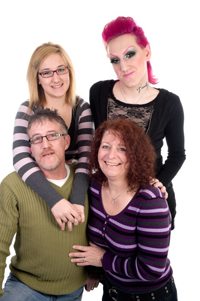 Other reincarnation cases which demonstrate gender identity issues due to change of sex include:
Other reincarnation cases which demonstrate gender identity issues due to change of sex include:
Chuey, a Boy, Drowns & Reincarnates as a Girl, but Retains Male Traits
Jaako Vuorenlehto Reincarnates as his Wife’s Daughter, Taru Jarvi: Gender Confusion in Two Lifetimes
Poldi Holzmuller, a Female, Isn’t Attracted to Boys, Says She Will Reincarnate as a Boy and Does
Reincarnation can help us be more tolerant of individuals with gender identity issues by giving insight that such issues can be a complication of changing gender from one lifetime to another. In the course of our evolution through lifetimes on Earth, any of us can experience gender confusion when we incarnate into a sex that we are not accustomed to. I do believe that we all do change gender in our course of lifetimes on Earth, as the soul seeks a comprehensive understanding of what it is to be human, through both male and female incarnations
Principles of Reincarnation & Understanding Past Lives
Reincarnation & Change in Gender: The Japanese soldier was male, but reincarnated as Ma, a female. Ian Stevenson’s past life research indicates that in 90 percent of cases, souls reincarnate in the same gender, inferring that souls have a preferred sex or gender. In this case, Ma retained the masculine orientation of the Japanese soldier, including an attraction to women, which led to Ma becoming a lesbian. It appears that this soul was accustomed to incarnating as a man and though a woman in the incarnation of Ma, retained the mindset of a male.

Birthmark at the Site of a Past Life Wound: Ian Stevenson, MD, found that when an individual died of a traumatic wound, such as those inflicted by a gun or knife, a birthmark would be found in the same location in the subsequent lifetime. In this case, Ma had a birthmark on her groin, which is in the same location as the bullet wound that killed her in her lifetime as the Japanese cook, according to her past life memories.
Reincarnation and Change in Nationality: The Japanese soldier reincarnated as a Burmese woman. This case demonstrates the futility of war, as the Japanese occupied Burma and persecuted its citizens. In this case, the persecutor reincarnated as the persecuted.
Reincarnation and Planning Lifetimes: Daw, Ma’s mother, during her pregnancy, had a dream of the Japanese soldier in which the soldier indicated that he was coming to stay with them.
Spirit Beings in Reincarnation Cases: As noted above, from the spirit world, the Japanese soldier sent an announcing dream to Daw indicating he would be born to her.
Footnotes
1. Stevenson, Ian: Cases of the Reincarnation Type, Volume IV, Thailand and Burma, University Press of Virginia, Charlottesville, 1983, page 231
2. Ibid, p. 232
3. Ibid, p. 229
4. Ibid, p. 238
5. Ibid, p. 230
6. Ibid, p. 230
7. Ibid, p. 230
8. Ibid, p. 232
9. Ibid, p. 232
10. Ibid, p. 238
11. Ibid, p. 233
12. Ibid, p. 234
13. Ibid, p. 234
14. Ibid, p. 234
15. Ibid, pages 236, 241
16. Ibid, p. 236
17. Ibid, p. 236
18. Ibid, p. 241
